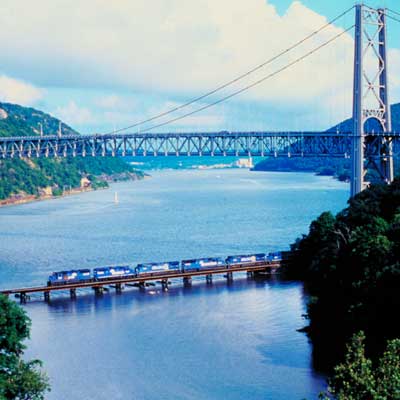- Minimize the distance you must travel to reach a safe location; the further you drive the higher the likelihood of encountering traffic congestion and other problems on the roadways.
- Select the nearest possible evacuation destination, preferably within your local area, and map out your route. Do not get on the road without a planned route, or a place to go.
- Choose the home of the closest friend or relative outside a designated evacuation zone and discuss your plan with them before hurricane season.
- You may also choose a hotel/motel outside of the vulnerable area.
- If neither of these options is available, consider the closest possible public shelter, preferably within your local area.
- Use the evacuation routes designated by authorities and, if possible, become familiar with your route by driving it before an evacuation order is issued.
- Contact your local emergency management office to register or get information regarding anyone in your household whom may require special assistance in order to evacuate.
- Prepare a separate pet plan, most public shelters do not accept pets.
- Prepare your home prior to leaving by boarding up doors and windows, securing or moving indoors all yard objects, and turning off all utilities.
- Before leaving, fill your car with gas and withdraw extra money from the ATM.
- Take all prescription medicines and special medical items, such as glasses and diapers.
- If your family evacuation plan includes an RV, boat or trailer, leave early. Do not wait until the evacuation order or exodus is well underway to start your trip.
- If you live in an evacuation zone and are ordered to evacuate by state or local officials, do so as quickly as possible. Do not wait or delay your departure, to do so will only increase your chances of being stuck in traffic, or even worse, not being able to get out at all.
- Expect traffic congestion and delays during evacuations. Expect and plan for significantly longer travel times than normal to reach your family's intended destination.
- Stay tuned to a local radio or television station and listen carefully for any advisories or specific instructions from local officials. Monitor your NOAA Weather Radio.
- For more tips, see: http://www.nhc.noaa.gov/HAW2/english/storm_surge.shtml
Saturday, July 14, 2007
National Hurricane Center-Recommended Storm Surge Safety Actions
Labels:
storm surge preparedness,
surge
Subscribe to:
Comments (Atom)

